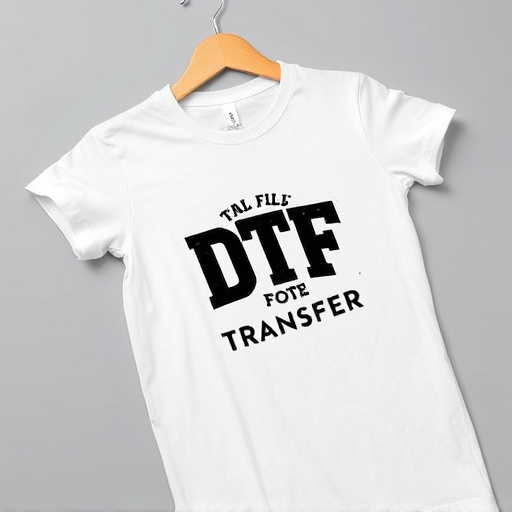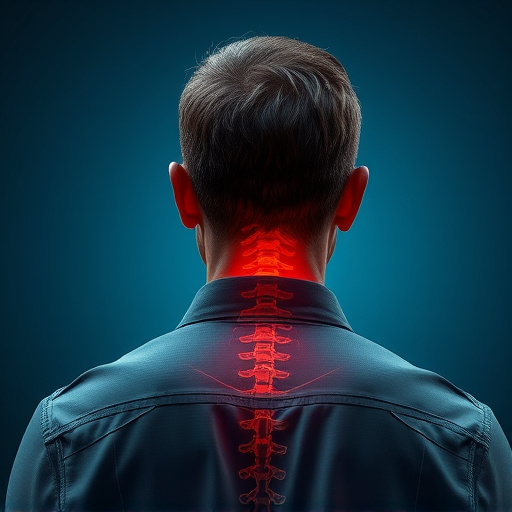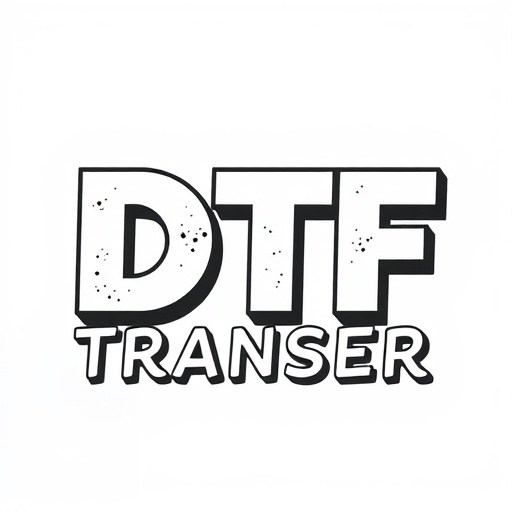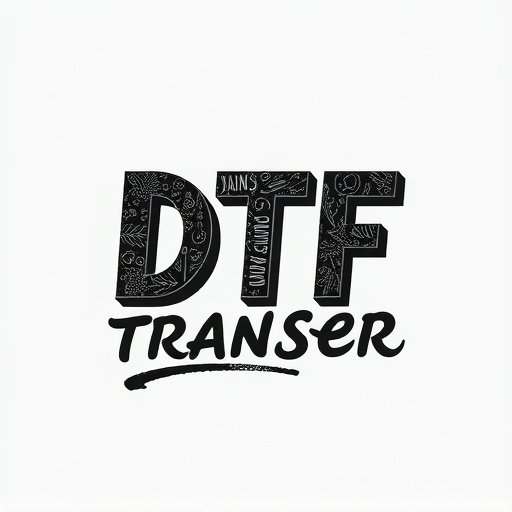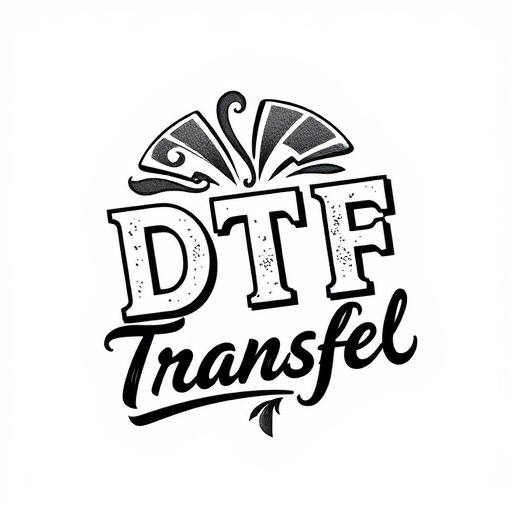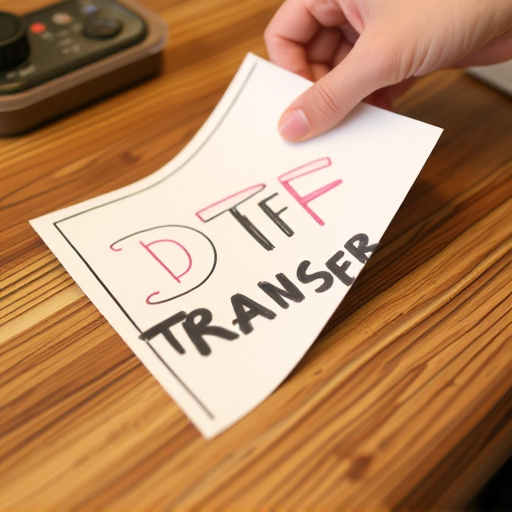Direct-to-film (DTF) transfer printing is a cutting-edge technique transforming custom print production, especially on textiles and plastics. By transferring digital designs from a film carrier treated with a specialized release agent, DTF allows for precise placement of intricate patterns onto various substrates. This method offers significant advantages over traditional printing: cost-effectiveness, streamlined workflow, faster production times, and high-quality results. Choosing the right DTF transfer film is crucial to ensure vibrant, accurate prints suitable for diverse applications like event promotions, custom apparel, and packaging. In industries ranging from fashion to food packaging, DTF transfer printing has proven its efficiency and versatility through successful implementations.
In today’s fast-paced printing industry, efficiency is key. Discover the revolutionary power of DTF Transfer (Direct to Fabric) technology and its ability to print multiple designs on a single film. This innovative approach streamlines the production process, significantly enhancing productivity and cost-effectiveness.
By utilizing DTF Printing, businesses can offer a diverse range of DTF Prints while optimizing their workflow. From understanding the basic DTF Mechanism to exploring creative applications, this article delves into the advantages and successful implementations of this cutting-edge printing technique.
- Understanding DTF Transfer and Its Basic Mechanism
- Advantages of Using Multiple Designs on a Single Film
- Efficient Printing Process: From Design to Final Product
- Choosing the Right Materials for DTF Printing
- Creative Ways to Utilize Multi-Design Film in Custom T-Shirt Printing
- Case Studies: Successful Implementations of DTF Transfer Prints
Understanding DTF Transfer and Its Basic Mechanism
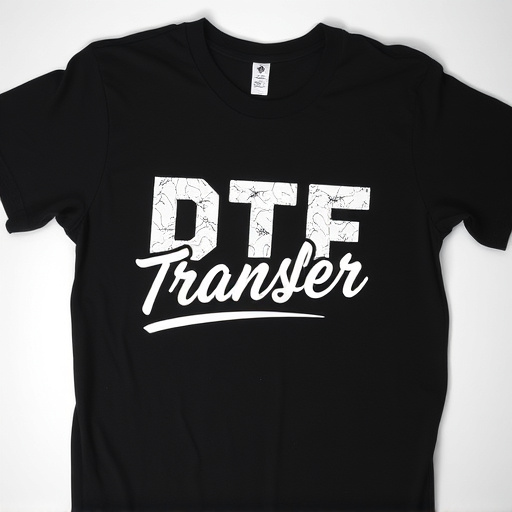
Direct-to-film (DTF) transfer is a cutting-edge printing technique that has revolutionized the way we produce custom prints, especially on demanding substrates like textiles and plastics. This method involves transferring ink directly from a digital design to a film, which then acts as a temporary carrier for the print. The film, treated with a special release agent, allows for precise positioning of intricate designs onto various materials, enabling efficient and high-quality printing.
The basic mechanism of DTF transfer starts with preparing the printing plate or screen, which is precisely aligned with the design data. Once the ink is applied, it flows through the screen and adheres to the film, creating a positive impression of the design. This film, now carrying the image, is then brought into contact with the target material, allowing the ink to transfer and create the desired DTF prints. The release agent ensures that the ink separates from the film easily, leaving behind a crisp and detailed print on the final substrate.
Advantages of Using Multiple Designs on a Single Film

Using multiple designs on a single film offers numerous advantages for efficient printing, particularly when employing DTF (Direct to Fabric) Transfer or DTF Printing techniques. One key benefit is cost-effectiveness; by combining several layouts onto one film, printers can optimize resource usage, reducing waste and material costs. This approach is especially valuable for small batch productions or custom orders with diverse design requirements.
Additionally, it streamlines the printing process. With all designs pre-loaded on a single film, printers save time and effort in setup and reconfiguration between different jobs. This efficiency gains are further amplified when producing DTF prints as the direct application of designs onto fabric allows for faster production times without compromising quality, ensuring a seamless workflow from design to final product.
Efficient Printing Process: From Design to Final Product
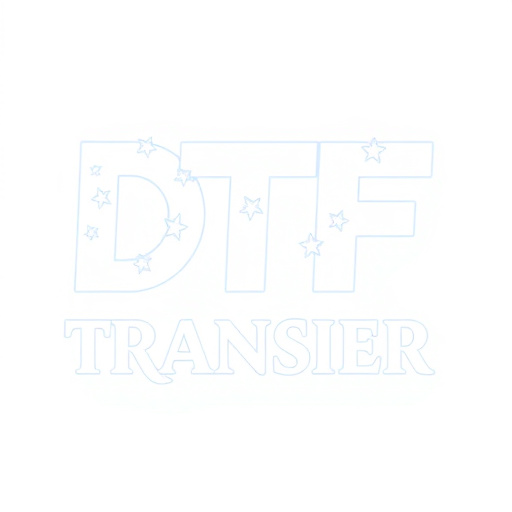
In the efficient printing process using DTF (Direct to Film) transfer, multiple designs can be seamlessly arranged on a single film. This innovative technique allows for complex layouts and custom prints to be produced with remarkable speed and accuracy. Designers and printers can create intricate patterns, incorporate varied colors, and achieve high-quality details all while optimizing material usage. By digitizing designs and using specialized software to prepare the film, each element is precisely aligned and ready for printing.
The final product of this process—DTF prints—is a testament to the precision and versatility of modern printing technology. The ability to print multiple designs on a single film not only enhances productivity but also reduces waste. This approach is particularly beneficial for events, promotions, and custom apparel, where dynamic and personalized content needs to be produced quickly and cost-effectively.
Choosing the Right Materials for DTF Printing

When it comes to DTF (Direct to Film) printing, selecting the appropriate materials is a key step for achieving high-quality results. The right DTF transfer film and ink play a crucial role in ensuring vibrant and accurate prints. Look for films that offer excellent opacity to prevent color bleeding between designs, especially when multiple motifs are placed on a single sheet.
Choosing the suitable DTF transfer film depends on factors like print complexity, desired finish, and the type of printer used. Some films are designed for fast drying, ideal for high-volume printing jobs, while others offer better durability for outdoor applications. Additionally, consider ink compatibility; different DTF prints may require specific types of inks to achieve the best adhesion and longevity.
Creative Ways to Utilize Multi-Design Film in Custom T-Shirt Printing
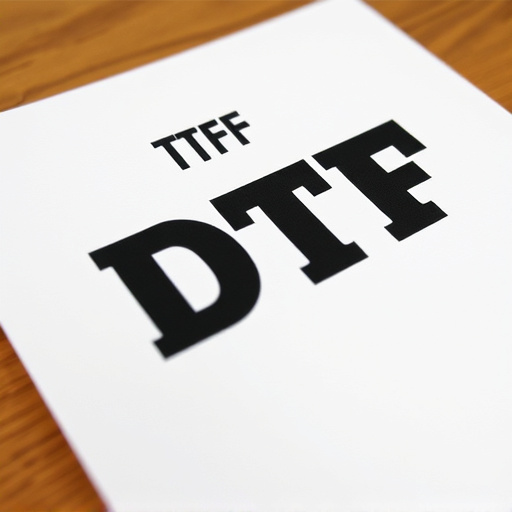
In the realm of custom T-shirt printing, leveraging multi-design film, like DTF (Direct to Film) transfer, offers a revolutionary approach to enhancing creativity and efficiency. Instead of traditional methods that may limit design complexity and size, DTF printing allows for intricate patterns, vibrant colors, and diverse layouts to be seamlessly integrated onto a single film. This innovative technique enables printers to prepare multiple designs in advance, ensuring a streamlined printing process with minimal setup time.
For those seeking unique and personalized designs, DTF transfer provides endless possibilities. Printers can create dynamic compositions by layering different designs, combining text with graphics, or even incorporating photos. Moreover, the ability to precisely align and register designs on the film guarantees crisp, high-quality prints when transferred to fabric. This versatility not only captivates customers seeking expressive T-shirts but also empowers printers to stand out in a competitive market by offering cutting-edge DTF printing services.
Case Studies: Successful Implementations of DTF Transfer Prints
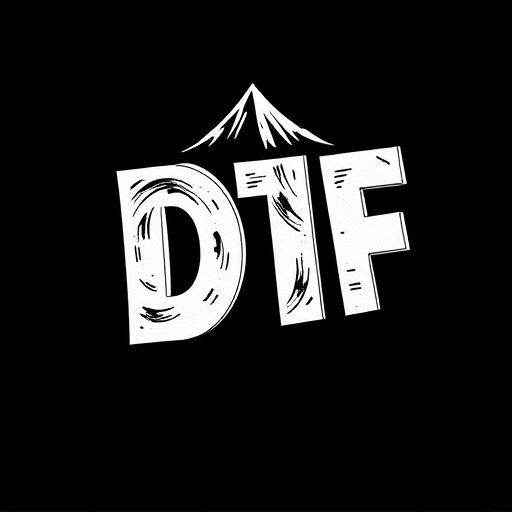
In recent years, the adoption of Direct-to-Film (DTF) transfer printing has seen remarkable success across various industries, demonstrating its efficiency and versatility. This innovative technique involves applying designs directly onto film, enabling multiple prints to be created from a single master file. Case studies from prominent brands showcase the power of DTF for complex design arrangements. For instance, a clothing manufacturer utilized DTF to print intricate patterns on t-shirts, allowing them to offer unique, limited-edition collections with swift turnaround times. The ability to house multiple designs within a single film streamlined their production process and significantly reduced costs.
Another compelling example comes from the packaging sector, where a food brand embraced DTF Printing for custom labels. By combining multiple design elements onto a single film, they achieved a high degree of personalization while maintaining cost-effectiveness. This approach not only enhanced brand identity but also allowed them to swiftly adapt to evolving market trends, ensuring their packaging remained fresh and appealing. These successful implementations highlight the potential of DTF Transfer Prints in enhancing production efficiency and fostering creativity across diverse sectors.
